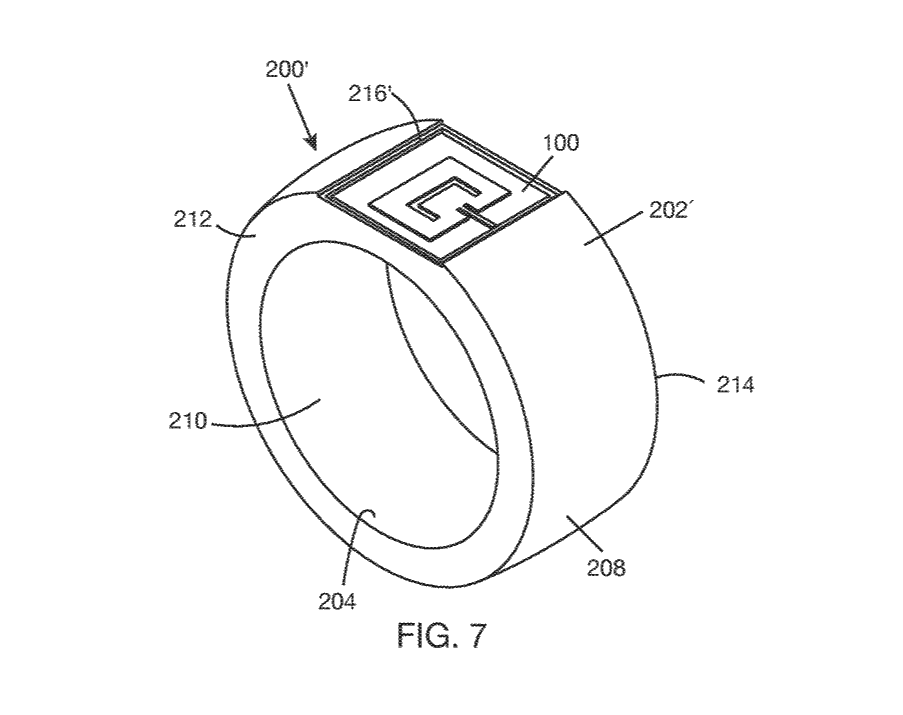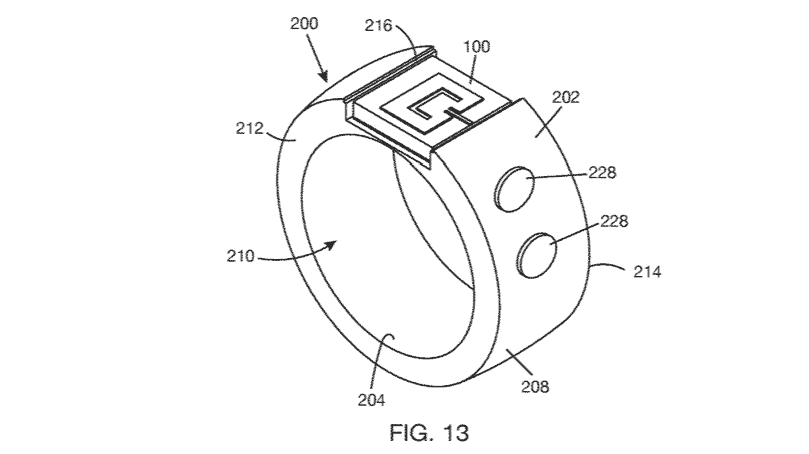Google patents new antenna design for wearable devices. It's more efficient & could save up your battery
The new antenna design seems to be more compact.
2 min. read
Updated on
Read our disclosure page to find out how can you help MSPoweruser sustain the editorial team Read more
Key notes
- Google filed new patent for an antenna design for wearable tech.
- It boosts signal efficiency with high-permittivity substrate, staying under 8mm in size.
- Antennas are important in wearables to transmit signals.

Google is making a move in the wearable tech industry by filing a patent for a new antenna design that’s more compact & optimized for communications.
In a patent application recently published in January 2024, Google explains that the new antenna design uses microwave dielectric substrate with a high relative permittivity. It makes this antenna design special because it can store electrical energy (meaning better battery life) and transmit & receive signals a lot better.
And with dimensions of less or equal to 8 mm in width and length, Google also says that the antenna design is extremely compact.
Google presents some of the possible applications of this new design, like smart rings (you may remember that Samsung teased the highly-anticipated Galaxy Ring a little while ago).
Take a look at Google’s presentation below:


But why does an antenna matter in wearable tech? Well, devices such as smartwatches and fitness trackers depend on wireless technologies like Bluetooth or Wi-Fi to fulfill their functions, so these antennas are important to send and receive signals.
They can also be used to gather data from tracking sensors (like blood pressure trackers or GPS functionality on fitness watches), and then take them to the part of the device that does analysis or storage.








User forum
0 messages